Best Time to Visit Morocco: A Seasonal Travel Guide
Morocco is a country of contrasts, offering everything from the bustling souks of Marrakech to the serene landscapes of the Sahara Desert. With its diverse climate and unique cultural experiences, the best time to visit Morocco depends on the type of activities you want to experience. Whether you’re interested in hiking the Atlas Mountains, exploring the historic cities, or soaking up the sun on the coast, the time of year can make a significant difference. Here’s a seasonal guide to help you choose the best time to visit Morocco based on weather, festivals, and the experiences you seek.
1. Spring (March to May): Ideal for Outdoor Adventures and Festivals
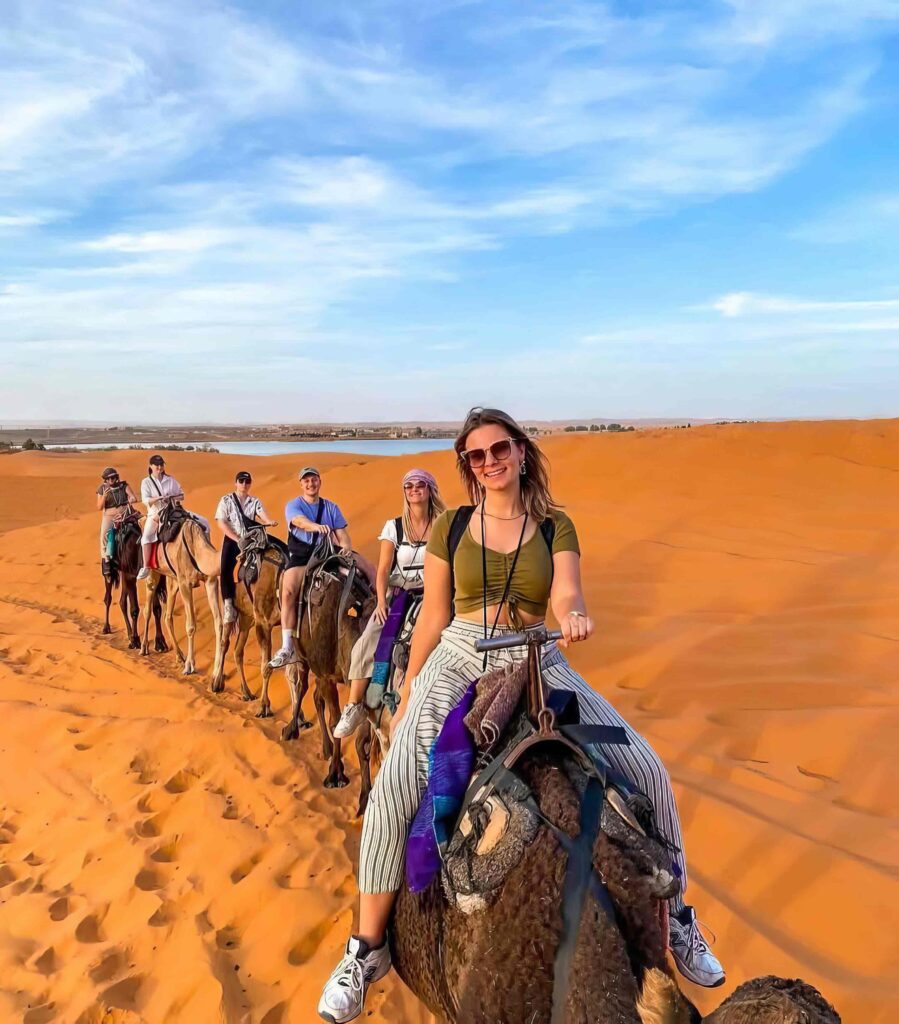
Weather: Spring in Morocco is one of the most pleasant times to visit, with mild temperatures across the country. The cities are comfortable, with daytime temperatures ranging from 18°C to 25°C (64°F to 77°F), making it an ideal time for outdoor activities like hiking, trekking, and exploring the cities.
What to Expect:
- Perfect for Hiking: The temperatures in the Atlas Mountains and coastal areas are cool enough for outdoor activities like hiking and trekking. The landscape is lush and green, especially in regions like the Ourika Valley, which comes alive with vibrant wildflowers.
- Desert Adventure: The weather is also perfect for a camel trek in the Sahara Desert, where daytime temperatures are warm but bearable, and the nights are cool.
- Cultural Experiences: Spring is a great time to visit Morocco’s historic cities like Marrakech, Fez, and Rabat, as the weather is comfortable for exploring the souks and medinas.
Festivals:
- Mawazine Music Festival (Rabat): Held in late May, this festival is one of the largest music events in Morocco, featuring international and local performers in a variety of genres.
- The International Film Festival of Marrakech: Usually held in March, this festival attracts filmmakers and cinema lovers from around the world.
Tip: Spring is the best time to visit for outdoor activities like hiking, trekking, and camel rides, as the temperatures are perfect for exploring without the heat of summer.
2. Summer (June to August): High Heat and Coastal Escapes
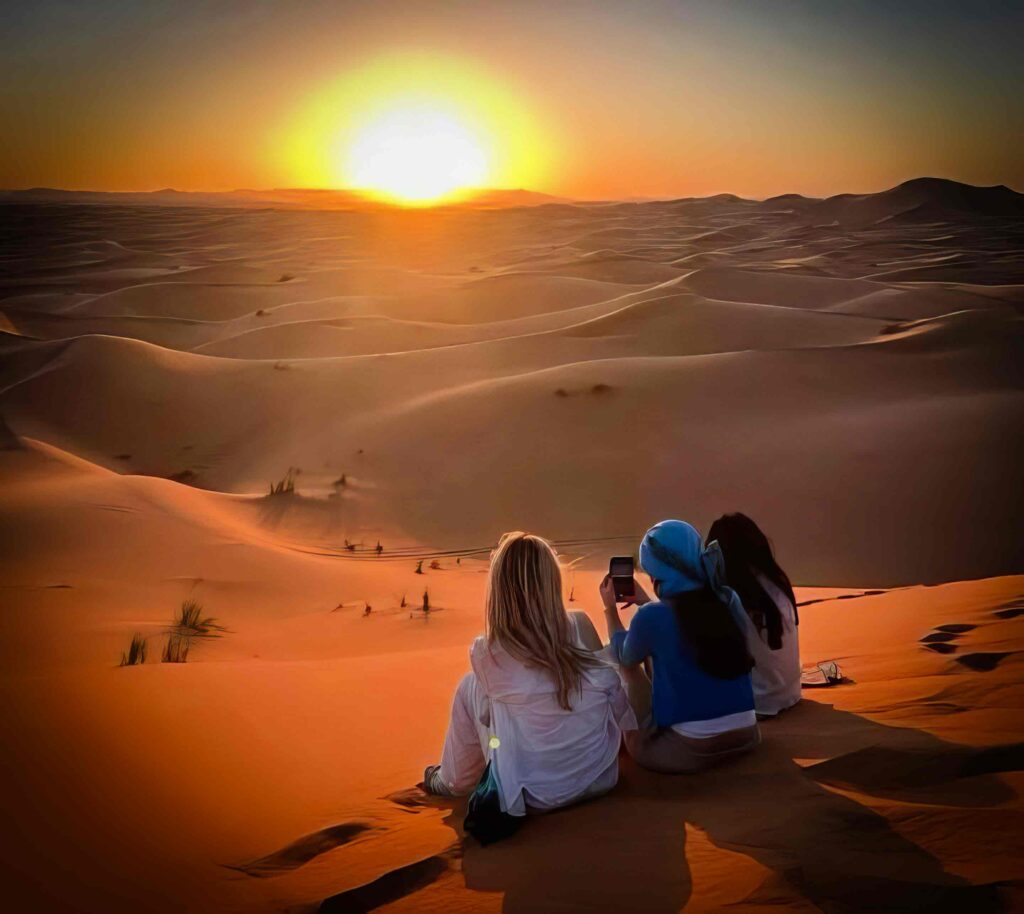
Weather: Summer in Morocco can be extremely hot, particularly in inland cities like Marrakech, Fes, and the Sahara Desert. Daytime temperatures can easily soar above 35°C (95°F), and the Sahara can reach 50°C (122°F) or more. The coast, however, is much cooler, with temperatures around 25°C to 30°C (77°F to 86°F).
What to Expect:
- Desert Heat: The Sahara Desert can be unbearably hot during the summer months, so it’s not the best time for desert treks. If you do choose to visit, ensure you are prepared for extreme temperatures, especially when camping overnight.
- Coastal Cities: The best place to be during the summer is on the coast. Cities like Essaouira, Agadir, and Tangier offer pleasant weather, making them perfect for beach lovers. The cool ocean breeze provides relief from the inland heat, and you can enjoy beautiful beaches and watersports.
- Cultural Exploration: Cities like Marrakech and Fes can be overwhelming during the summer heat, but the evenings are pleasant for exploring the medinas and enjoying the vibrant atmosphere.
Festivals:
- Fez Festival of World Sacred Music: Held in June, this festival brings together musicians from around the world, celebrating sacred music and spiritual unity.
- Moussem of Tan-Tan: This festival, held in June in southern Morocco, is a colorful celebration of Moroccan culture, with camel races, traditional dances, and music.
Tip: If you’re visiting Morocco in the summer, focus on the coastal areas to enjoy the best weather. Avoid the inland regions and the desert unless you’re prepared for the extreme heat.
3. Autumn (September to November): Perfect for Cultural Exploration and Hiking
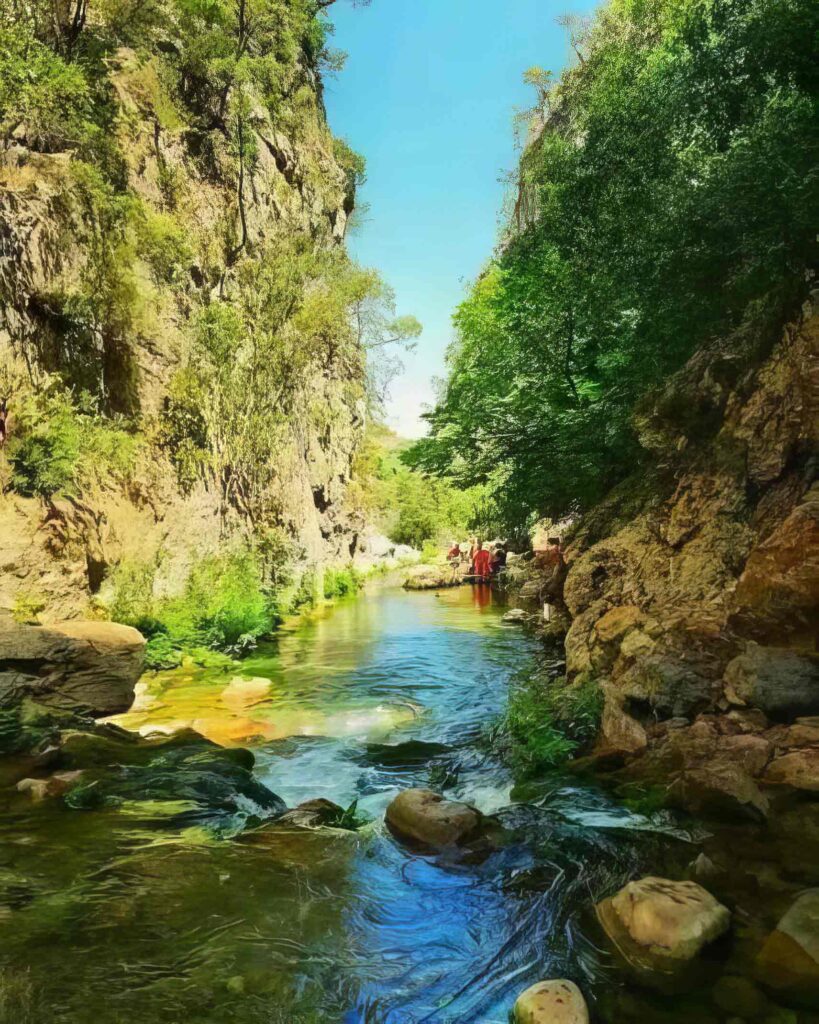
Weather: Autumn is another fantastic time to visit Morocco, especially if you want to avoid the heat of summer but still enjoy mild, pleasant weather. Temperatures in the cities range from 20°C to 28°C (68°F to 82°F), and the days are still warm, while the nights start to cool down.
What to Expect:
- Outdoor Adventures: Like spring, autumn is a great time for hiking and trekking in the Atlas Mountains. The weather is comfortable for activities like visiting the Ouzoud Waterfalls or hiking in the Toubkal National Park.
- Desert: The desert is also much more manageable in the autumn, with cooler temperatures during the day and chilly nights. A camel trek through the Sahara will be much more enjoyable during this time.
- Cultural Experiences: Autumn is the perfect time to visit cities like Marrakech, Fez, and Rabat, as the weather is cooler and ideal for sightseeing.
Festivals:
- Festival of the Roses (Kelaat M’Gouna): Held in May (sometimes in early June), this festival celebrates the harvest of roses in the Valley of Roses, but it’s a wonderful time for late autumn travelers to visit the region and enjoy the beautiful flowers.
- Sufi Festival in Fez: Celebrating Morocco’s mystical Sufi traditions, the Sufi Festival takes place in October and showcases spiritual music, dance, and culture.
Tip: Autumn is the ideal time for cultural exploration, outdoor adventures, and desert trekking. The temperatures are comfortable, and the crowds from the summer months have started to thin out.
4. Winter (December to February): Great for the Mountains and Coastal Cities

Weather: Winter in Morocco brings cooler temperatures, especially in the mountains and deserts. In cities like Marrakech and Fes, daytime temperatures range from 10°C to 20°C (50°F to 68°F), while nights can get chilly. In the Atlas Mountains, snow is common at higher altitudes, especially around Mount Toubkal, and temperatures can drop well below freezing.
What to Expect:
- Skiing in the Atlas Mountains: Winter is the perfect time for skiing in Morocco. The Oukaïmeden Ski Resort near Marrakech offers good conditions for skiing and snowboarding, making it the only ski resort in Africa.
- Desert Trekking: Winter is one of the best times to visit the Sahara Desert, as the temperatures are much cooler, making a camel trek more comfortable. The nights can be cold, but the days are pleasant for exploring.
- Coastal Cities: The coastal regions are more temperate during winter, making them ideal for a more relaxed holiday. Cities like Essaouira and Agadir offer mild temperatures and are perfect for a winter beach escape.
Festivals:
- Marrakech International Film Festival: Held in December, this festival draws filmmakers and cinema enthusiasts from around the world to Marrakech, showcasing Moroccan and international films.
- New Year’s Celebrations: Celebrate the New Year in Morocco, particularly in the coastal cities and mountain regions where winter sports and cultural events create a festive atmosphere.
Tip: Winter is great for skiing, desert treks, and visiting the coastal cities, but it’s cold in the mountains, so pack accordingly. It’s also the low season for tourism, which means fewer crowds and more affordable accommodation.
Conclusion: Choose the Best Season for Your Moroccan Adventure
Morocco is a year-round destination, but the best time to visit depends on your interests and the activities you want to enjoy. For outdoor adventures like hiking and trekking, spring and autumn offer the most pleasant weather. If you’re a beach lover, head to the coast in the summer to escape the heat. And if you’re a fan of winter sports, winter offers unique opportunities for skiing and desert trekking.
By understanding the seasonal differences and what each time of year offers, you can plan a trip to Morocco that perfectly suits your interests and ensures you have the best experience possible.
Plan your Moroccan adventure today and choose the season that suits you best!
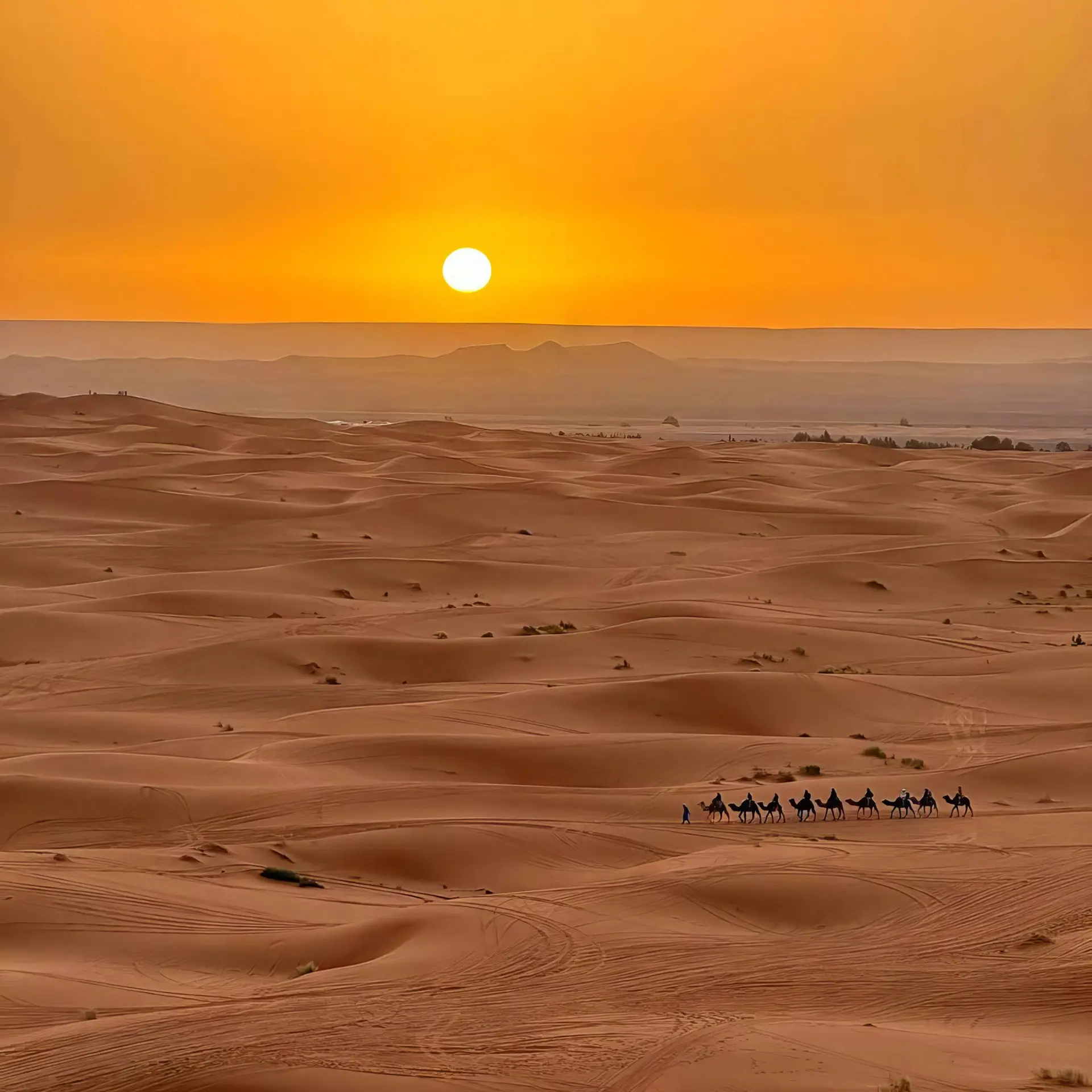
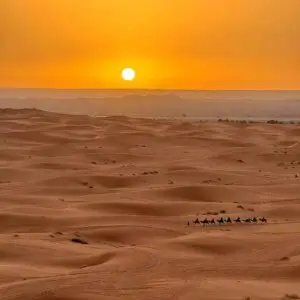

Post Comment